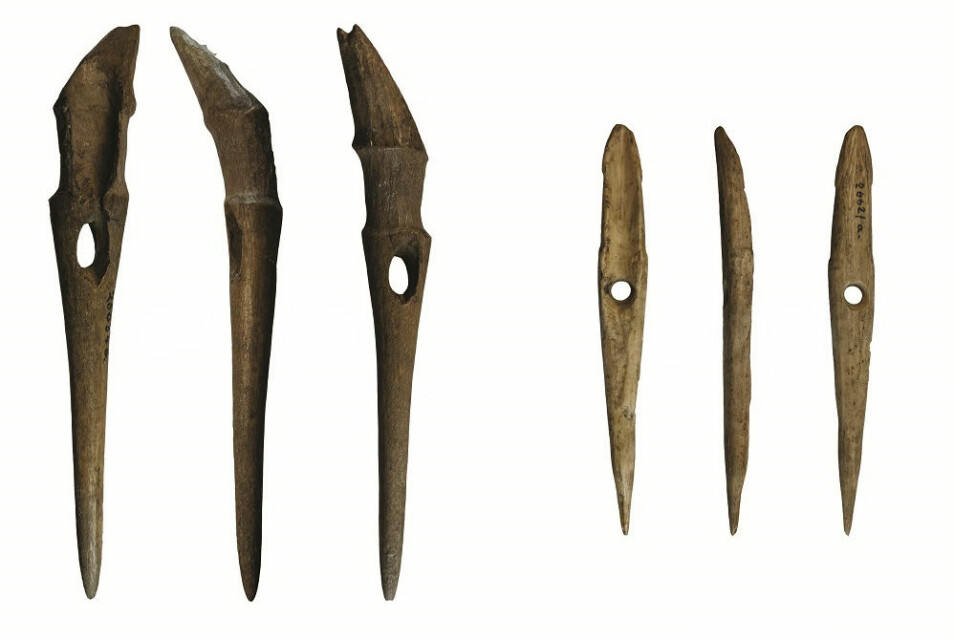
This tiny bird carving is more than 13,000 years old
This is the oldest known man-made animal figure from East Asia.
This tiny figurine is only 2 centimetres long and just over 1 centimetre tall, but is more than 13,000 years old, according to a new research article in the journal PLOS One.
The carved figure depicts a small bird on a pedestal, and was found in an archaeological excavation site called Lingjing, Henan in China. Previously, more than 100,000-year-old remains of early human skulls have been found here, according to this 2017 Science study.
But the site has been in use for a long time, and intriguing bits of archaeological interest are spread over many layers from different periods.
A passerine
A well was excavated here in the 1950s, before any archaeological investigations began. The material that was removed when the well was dug has now been investigated by archaeologists.
They found several traces of stone tool production, ornaments and this little bird carving. The figurine is made of burnt bones, and probably was carved out of the outer layer of a knuckle.
The dating of other objects and the layer in which the bird was found suggests it is around 13,500 years old. Although the carving has few details, the researchers believe that the short neck and long tail indicate that the figurine is meant to represent a passerine, the family of birds that includes sparrows.
The researchers believe the bird represents a completely different artistic tradition, partly because it differs from other bird figurines from about the same time, which originate from other areas such as Siberia.
“The sophistication reflected by the object manufacturing process suggests this three-dimensional representation is several conceptual stages removed from the origin of a long-standing artistic tradition, extending well into the Paleolithic, that may be better characterized by future discoveries,” the researchers wrote.
This bird is also almost 8,500 years older than the earliest known bird figurine from China. That bird was made of jade and is about 5,000 years old, according to the research article.
How was it made?
The researchers, which include archaeologist Francesco d'Errico at the University of Bergen, have also described how the figurine was made.
The researchers determined that it was made with sophisticated tools, and based on the colour and structure of the figurine, they estimate that it was burned for between 1 and 3 hours at a temperature between 300 and 500 degrees.
The pedestal also makes it unique in a historical context. It's balanced so it can stand by itself, according to an article in The Guardian newspaper.

The oldest figurines
The oldest known animal figurines made by modern humans are far older than this bird carving. They originated in today's Germany and are probably around 40,000 years old.
A bird figurine has also been found here, in addition to what may be a horse, according to this Nature study from 2003. These figurines are somewhat larger, and the German bird figurine is about 5 centimetres long, according to the study.
These figurines are significant because they show us how people at that time crafted symbolic objects. The figures are interpreted as an expression of symbolic thinking, which means thinking about and evaluating things that are not within the immediate environment, according to the APA dictionary. This type of thinking is linked to the ability to imagine abstract concepts and is an important step in modern human development.
Translated by Nancy Bazilchuk
Reference:
Zhanyang Li et.al: A Paleolithic bird figurine from the Lingjing site, Henan, China. PLOS ONE, 2020. DOI: 10.1371 / journal.pone.0233370.
———
Read the Norwegian version of this article at forskning.no
































